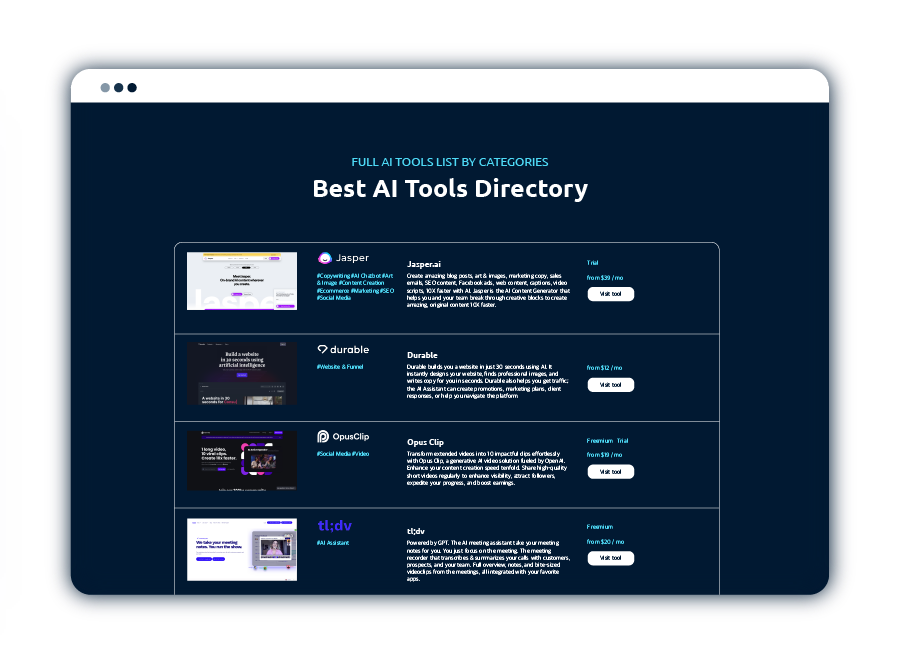
Are you finding it challenging to unlock the full potential of ChatGPT and Google Bard? You’re not alone. In this comprehensive guide, we’ll reveal the ultimate formula that will empower you to master the art of prompt engineering.
Crafting the perfect prompt is not just a technical task; it’s an art that requires a deep understanding of the components that make up a high-quality prompt. Whether you’re a technology enthusiast or a seasoned professional, knowing how to structure your prompts can significantly impact the outcomes you achieve.
The key to crafting an effective prompt is striking the right balance among these building blocks. While you don’t need to include all components in every prompt, understanding their importance allows you to tailor your prompts for optimal results.
“You are a senior product marketing manager at Apple and have just unveiled the latest Apple product in collaboration with Tesla, receiving 12,000 pre-orders, 200 higher than the target. Write an email to your boss, Tim Cook, to share the news. The email should include a ‘TL;DR’ section, project background, business results with quantifiable metrics, and end with gratitude to the product and engineering teams. Maintain a confident and friendly tone.”
While crafting prompts, remember that some components may be more critical than others depending on the task. Experimenting with different combinations and refining your prompts over time will lead to better outcomes.
To truly master prompt engineering, understanding advanced concepts and techniques is essential. Large language models like GPT-4 operate based on tokenization, probability, attention mechanisms, and advanced parameters that allow fine-tuning of output.
After crafting prompts, evaluating the model’s responses is crucial. Techniques like prompt variation, prompt templates, and collecting and analyzing responses help assess the quality and relevance of generated content.
Prompt engineering is a dynamic field that requires continuous learning and experimentation. By mastering the art of crafting powerful prompts, you can harness the full potential of ChatGPT and Google Bard to achieve remarkable outcomes in various domains. Explore more about AI tools, solutions, and applications to supercharge your business and stay ahead in the AI landscape.

Get 300+ AI Tools